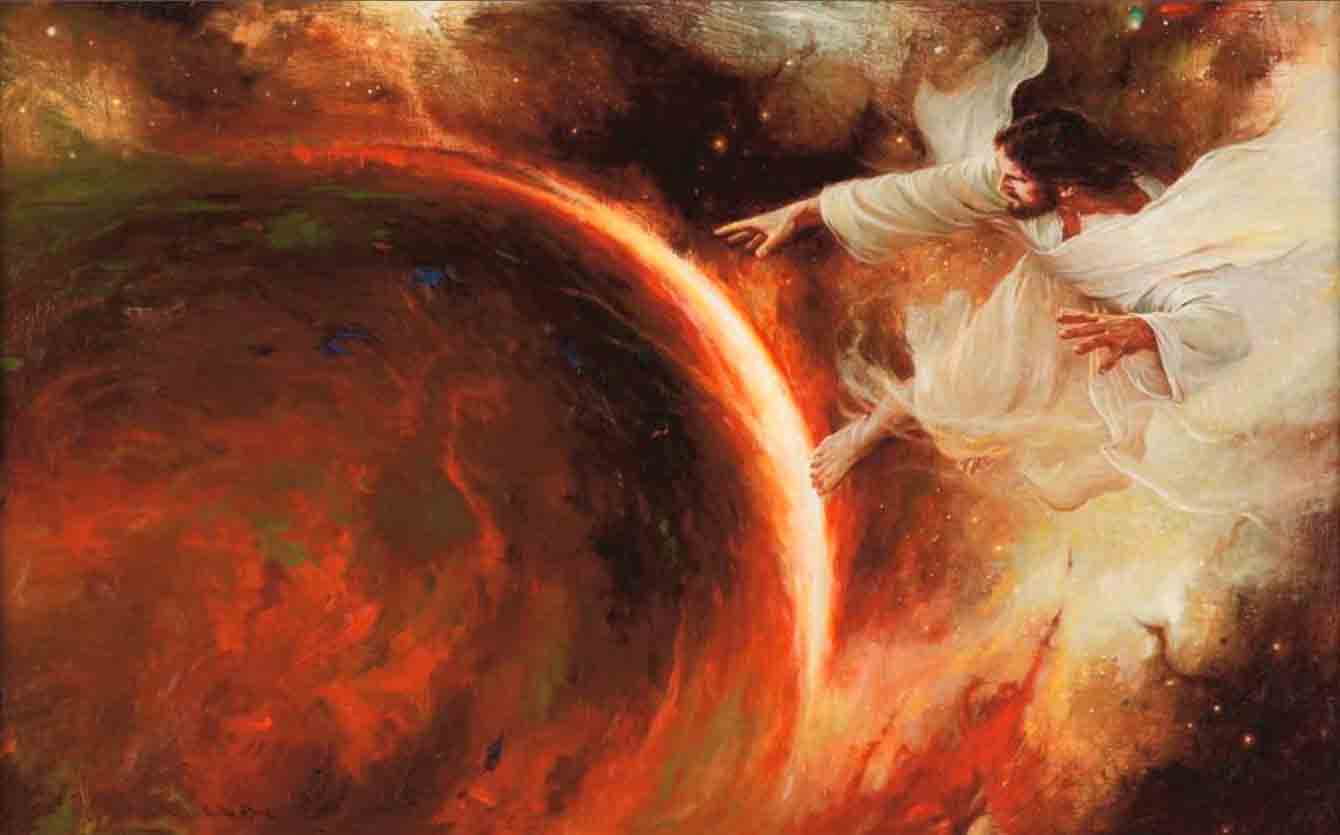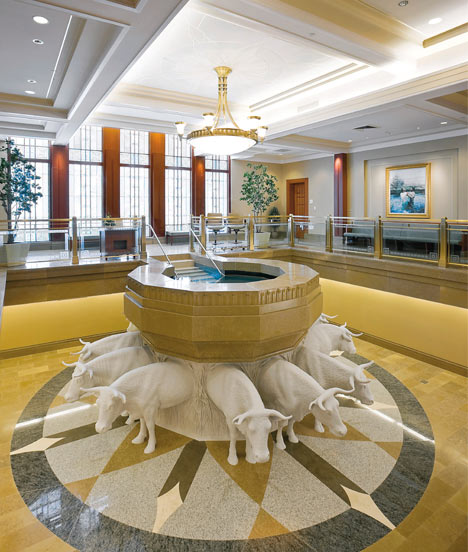Just to briefly sum up, in the last article I addressed Christianity, whether or not there's more than one Jesus Christ, Joseph Smith Jr. and the Book of Mormon, and Temple practices. Also see my disclaimer in paragraph 2 of that article before you decide to comment on this article.
Onward!
1. What's up with
the underwear Mormons wear?
This underwear many
non-members refer to are called Temple garments. They are an outward
symbol of covenants endowed Saints have made with God in the holy
Temple. The Church of Jesus Christ of Latter-day Saints recently
released a video explaining the special clothing we wear in the
Temple:
We are not the only
religious group that wears sacred clothing, specifically under
garments. In the Sikh religion, men and women wear a sacred under
garment called a kacchera. Sacred clothing is nothing new to human
culture and religion, and it is a part of our practice in Christ's
church.
Personally, I look
at my Temple garments as a spiritual suit of armor as well as a
reminder of the covenants I've made with my Heavenly Father.
2. Do Mormons
really believe they can become gods?
Yes! We believe
that anyone who is a member of the Church and faithfully keeps the
covenants they've made through sacred ordinances, as well as obeys the
commandments of God, can become like God.
I want to make it
clear we don't believe we'll be better than God, but rather
that we'll inherit all that He has through the Atonement of our
Savior, and that includes His power. Without Jesus Christ's
sacrifice, we could not repent and become clean, and thus could not
enter God's presence at all.
Let me cite a few
scriptures to support what I've said.
- Pearl of Great Price: Moses 1:39 –– “For behold, this is my [Heavenly Father's] work and my glory––to bring to pass the immortality and eternal life of man.” (emphasis added)
- God's whole purpose, the purpose of creation and all that's in it, of our purpose on earth in life, is so He can give us immortality (resurrection through Jesus Christ) and eternal life (eternal happiness and exaltation to godhood).
 |
| "Jehovah Creates the Earth" by Walter Rane. Source: history.lds.org |
The Doctrine and
Covenants makes the qualifications for godhood very clear. I will
link you directly to the scriptures so that you can read for
yourself.
- D&C 76:50-70 – Talks about receiving Jesus Christ, baptism and laying on of hands, and of being sealed by the Holy Spirit of Promise (which occurs in the Temple). Leads up to becoming gods, of overcoming, and of being with God.
- D&C 132:19-20 – expounds on the Temple sealing to a spouse, which, if covenants are faithfully kept, enables the man and the woman to become gods, sealed together forever. This is one of the reasons why God is so adamant on keeping marriage between a man and a woman, and no one else, so we can be happy and inherit all that He has.
And who is the
reason we can receive all this at all?
- Hebrews 9:15 –– “And for this cause he [Jesus Christ] is the mediator of the new testament, that by means of death, for the redemption of the transgressions that were under the first testament, they which are called might receive the promise of eternal inheritance.” (emphasis added)
The possibility of
eternal life with family, a happiness without end, progression
without end, through the Savior Jesus Christ, is the most beautiful
message God has given to mankind.
3. It sounds weird
that Mormons do stuff for people who have died. What is that all
about?
 |
| A Temple baptismal font. The 12 oxen supporting the font represent the 12 tribes of Israel. This particular font has the oxen facing the 4 cardinal directions. Source: lds.org |
Many Saints don't
look at death the same way the world does. We believe that before we
were born, we were spirits living with our Heavenly Father. When we
came to earth, our spirits entered a mortal body, which, of course,
dies by some means, such as old age or by accident. The spirit
leaves the mortal body and enters what we refer to as the spirit
world. In that lens, death is simply another state of being, rather
than something to be feared or hated.
During life, Saints
will receive ordinances, like baptism, receiving the Holy Ghost, and
Temple ordinances. However, there are many people who have died
without learning about the Gospel and the true Church, and without
receiving saving ordinances. In the Temple, we do proxy ordinances
for those who have died, so that in the afterlife, they can have the
full ability to choose whether to be with their Heavenly Father or
not. This doesn't mean that the living force the dead to convert;
doing the ordinances in their place simply gives them the opportunity
to live with their Heavenly Father if they so desire.
As a side note, I
was once talking about baptisms for the dead with some non-member
classmates in college, and one lady nodded her head and said, “Cool.”


No comments:
Post a Comment